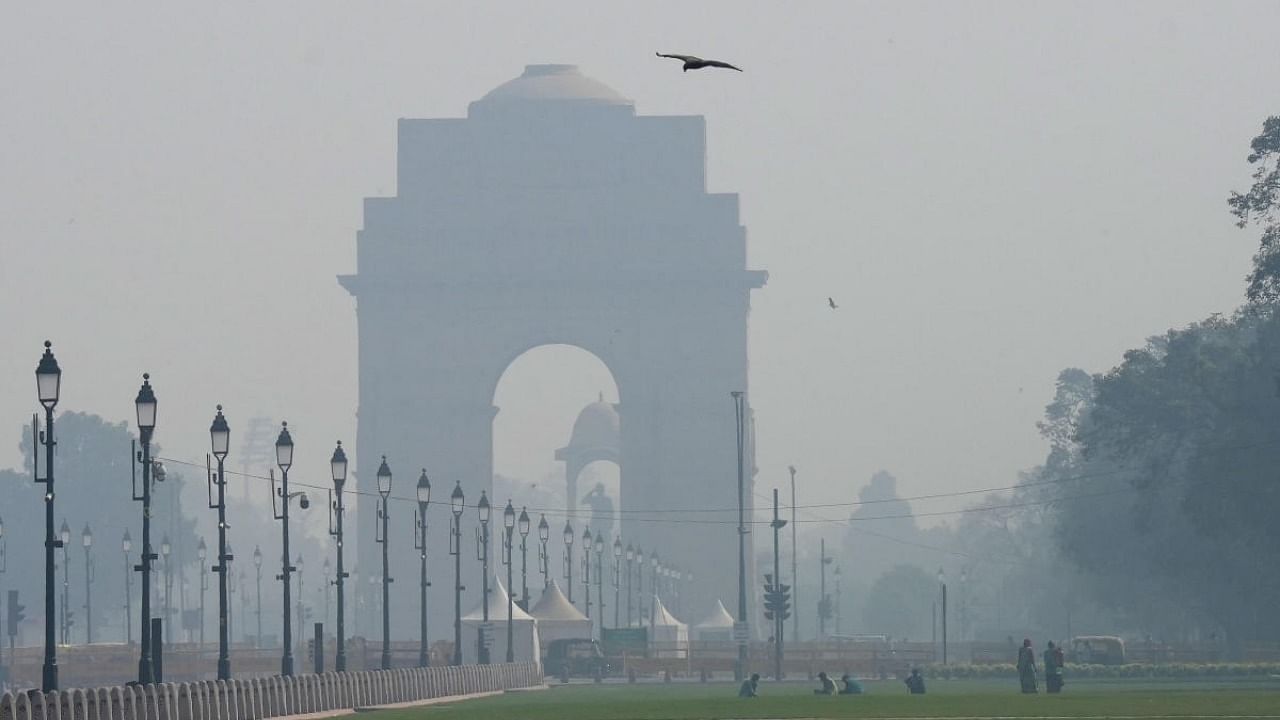
Researchers have evaluated the contribution of various emission sectors and fuels to small particulate matter (PM2.5) for 29 states in India and six surrounding countries, identifying potential pathways to reduce air pollution and improve population health across South Asia.
The results, published recently in the journal Environmental Science & Technology, identify primary organics—organic particles emitted directly into the atmosphere from various sources—as the main drivers of high concentrations of PM2.5 in these countries.
PM2.5 are fine inhalable pollution particles, with diameters that are generally 2.5 micrometers and smaller.
"Countries in South Asia have substantial emissions and associated air pollution and mortality burden," said study first author Deepangsu Chatterjee, a doctoral student at Washington University in St. Louis, US.
"Our study shows that over 1 million deaths in South Asia attributable to ambient PM2.5 in 2019 were primarily from residential combustion, industry and power generation," Chatterjee said.
The study found that solid biofuel is the leading combustible fuel contributing to the PM2.5-attributable mortality, followed by coal and oil and gas.
"Air pollution, both indoors and outdoors, is the leading risk factor for death in South Asia," said study co-author Michael Brauer, professor at the University of Washington and the University of British Columbia, Canada.
"Understanding the major contributing sources is a critical first step towards management of this serious problem," Brauer said.
A major challenge in evaluating the impacts of PM2.5 is understanding how it is produced and distributed over time.
The researchers combined global emission inventories, satellite-derived fine surface particulate matter estimates and state-of-the-art global scale modeling capabilities to develop regional simulations.
They also accounted for long-range transport to understand how different emission sectors and fuels contributed to PM2.5 and associated mortality rates.
"Advances in modeling atmospheric composition with constraints from satellite remote sensing enabled our assessment of the sources of PM2.5 across South Asia," said Randall Martin from the Washington University.
"That helped draw our attention to large contributions from burning biofuel and coal," Martin added.
Chatterjee also noted that PM2.5 mass composition in South Asia is driven by primary organics across major contributing sectors.
The team's PM2.5 composition analysis can be particularly useful to develop mitigation strategies associated with particular species.
A few other notable features include high contribution from coal in central and eastern India, higher household air pollution in north-east and central India, biofuel contributions in Bangladesh and open fires in Myanmar, the researchers said.
"This study shows that the air pollution problem in South Asia is not just an urban scale problem, so policies targeted at urban scale development will not be enough to mitigate the national level PM2.5 exposure," Chatterjee said.
The researchers suggest several strategies for future interventions throughout South Asia, including policies encouraging the replacement of traditional fuel sources with sustainable sources of energy.